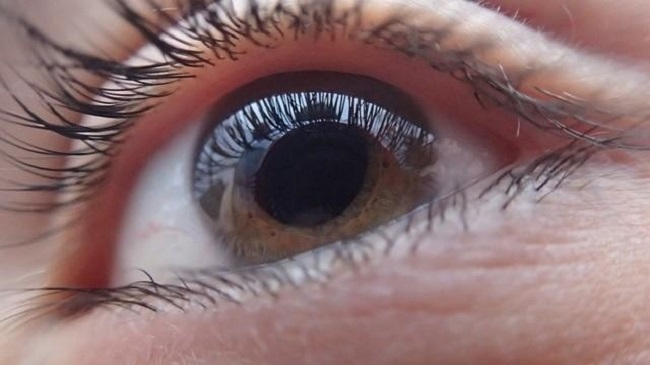In 2013 a startup of Israel announced a project to help improve the quality of life of blind people: talk about Orcam, an intelligent camera that adapts to any type of glasses, carrying aid to read the blind to any environment. Orcam’s approach was to use facial recognition technology and usability texts and adapt to the needs of blind people.

Using text recognition technology applied to what captures the camera that is attached to the glasses, Orcam “talks” to the blind to read the text ear by incorporating a loudspeaker.
Additionally Orcam can store and help identify faces, so that those with visual impairments can recognize through his glasses at a known person when they come across it. Collect some items for use cases such as to make the purchase also identification.
As if this were not enough, ORCAM is also able to help blind people know when a traffic light has changed color, or if you are passing a car near the street who want to cross. The purpose of this device is to make easier the daily lives of blind people or with problems associated with lack of vision.
You may also like to read another article on TheKindle3Books: Can artificial intelligence go crazy?
For three years, several organizations have tested the technology Orcam to confirm if it really works. This is the case of the American Academy of Ophthalmology, in a new study was able to determine that patients with visual impairments who use these devices, can significantly improve their productivity. Even people who have used the camera manufactured by Orcam have been able to triple its accuracy in several daily activities that involve reading.
Other technologies developed to help the visually impaired
Orcam certainly is not the only device developed to help the visually impaired. Recall that a few months ago Toyota introduced a project called Bland, which aims to help blind people to move around the world more easily.
This wearable has a design in the shape of an open collar, which rests on the neck and shoulders of the blind, to help identify elevators, stairways or doors. The device integrates a series of sensors and cameras that provide more information for blind move better with this additional aid.

